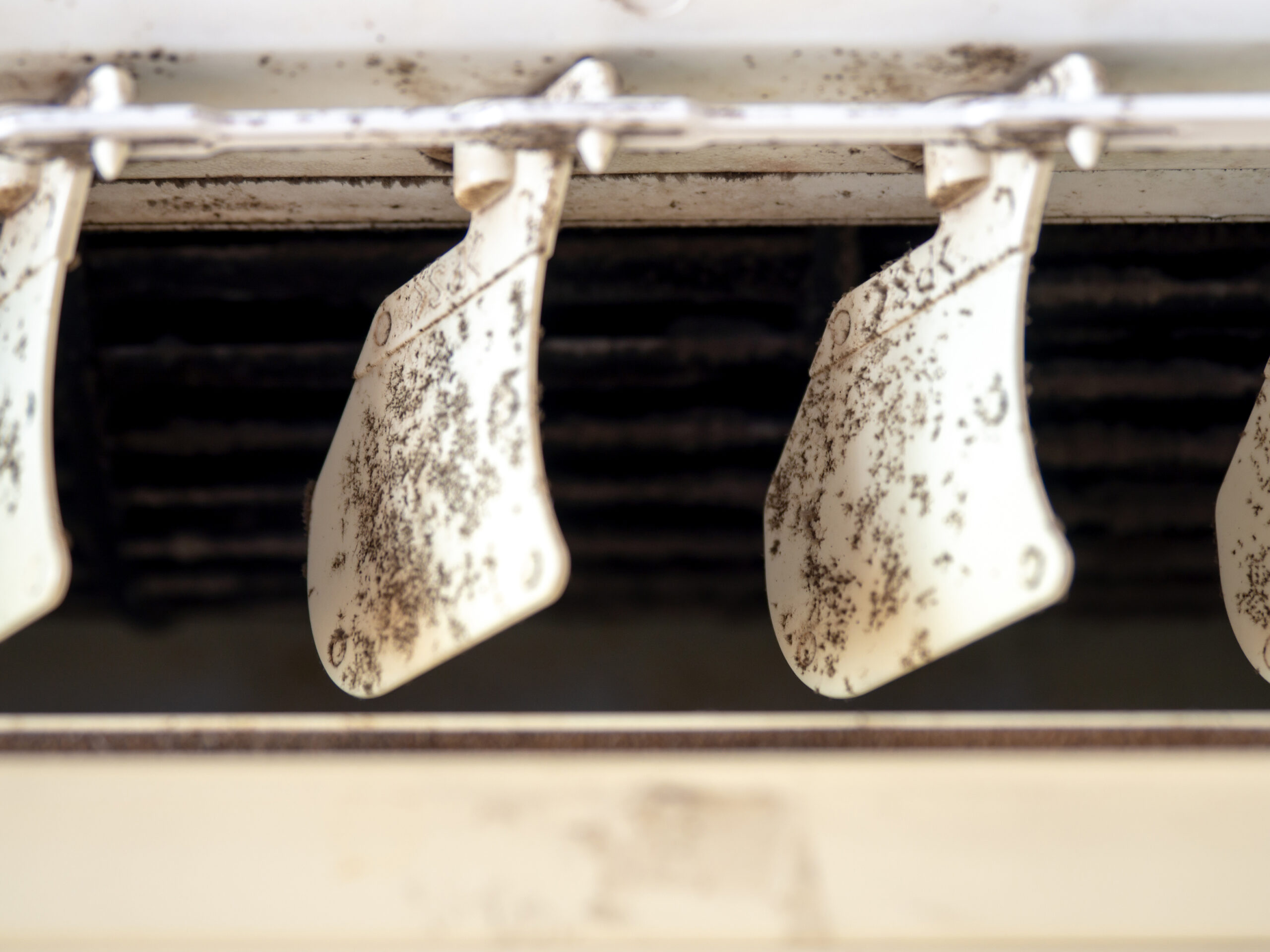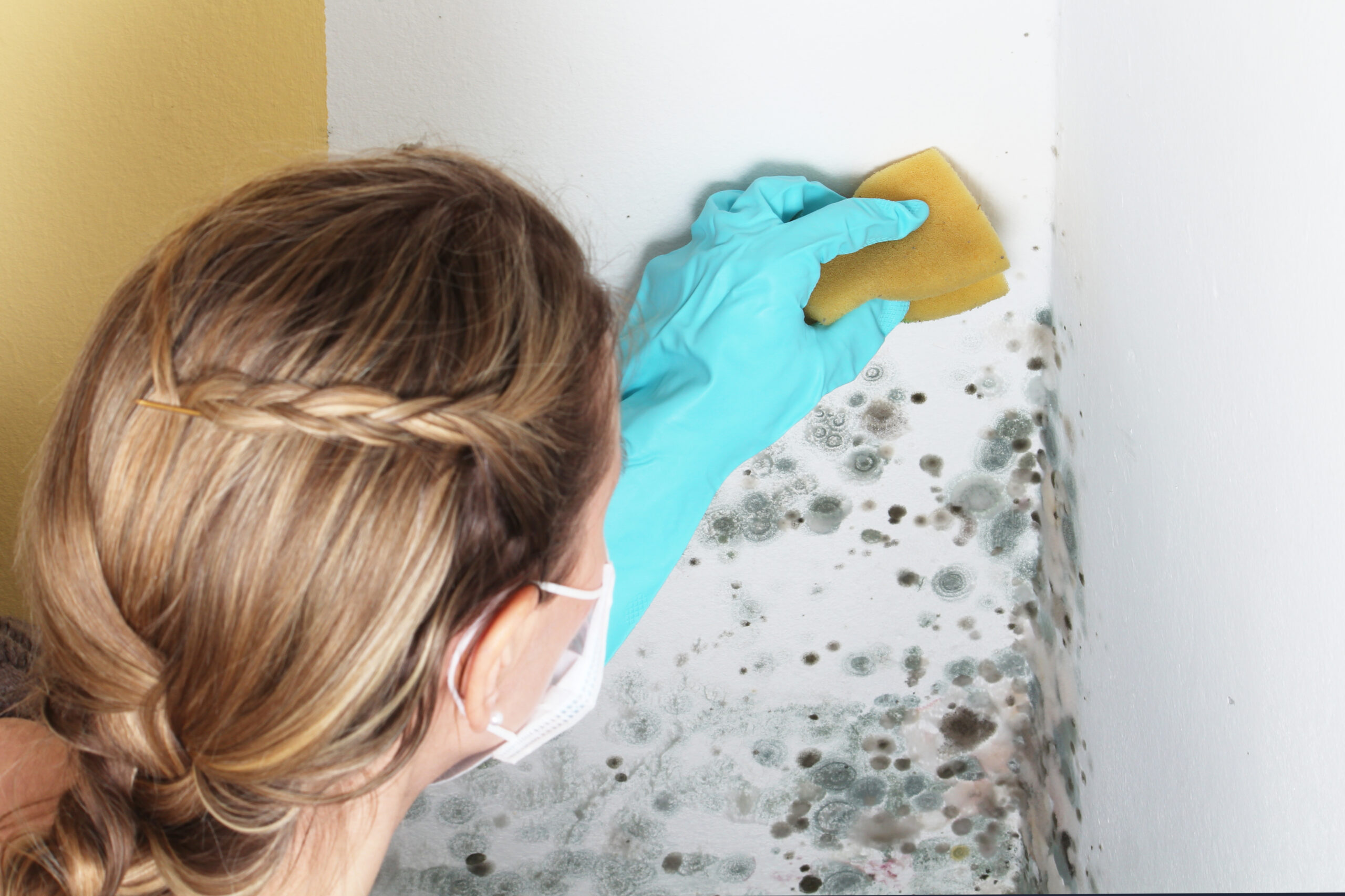Mold is more than just a cosmetic issue; it can have severe implications for your health and the structural integrity of your home. While it may be easy to spot mold in certain areas, there are many surprising, hidden places where mold lurks undetected. In this article, we’ll dive into different types of mold in house, common mold-prone areas, and the health risks associated with exposure. We’ll also cover practical tips for mold growth prevention to keep your home safe.
1. Bathroom Tiles and Grout
Bathrooms are high-humidity environments, making them prime spots for different types of mold in house to grow. Mold can develop in tile grout, along the shower door, or behind wallpaper. Regularly cleaning tiles, ventilating, and using a dehumidifier can aid mold growth prevention.
2. Under the Kitchen Sink
Leaks and moisture under the kitchen sink create an ideal environment for gross mold growth. Mold may spread within the cabinet and damage the wood, which is particularly troublesome if left unchecked. Inspect the area under your sink regularly and dry any moisture to prevent different types of mold in house from taking root.
3. HVAC System and Ducts
Your HVAC system distributes air throughout your home, and if mold spores are present, they will spread easily. Condensation within the ducts promotes different types of mold in house growth, which can lead to respiratory issues. Regular maintenance and filter replacement help minimize these risks.
4. Windowsills
Windowsills are prone to condensation, which, combined with dust and dirt, creates an ideal environment for different types of mold in house to thrive. Regularly wipe down and dry windowsills to reduce the risk of gross mold development.
5. Refrigerator Drip Pan
The drip pan under your refrigerator can collect water, which is a major source of mold growth if left unchecked. The buildup of debris in this area also contributes to different types of mold in house. Check and clean the drip pan every few months.
6. Attic and Roof Leaks
Mold can develop in the attic due to roof leaks and poor ventilation. Left untreated, it can spread across wooden beams and insulation. Keep an eye out for signs of water damage, and consider calling a Water damage restoration company in Tampa to inspect and prevent further mold issues.
7. Basement Walls and Floors
Basements are notorious for dampness and different types of mold in house. Mold can grow on floors, walls, and even within insulation. Use a dehumidifier and regularly inspect basement walls to control humidity and prevent gross mold from forming.
8. Washing Machine
Front-load washing machines often retain water, leading to mold growth around the rubber seal. Mold in your washing machine can result in clothes that smell musty. To prevent mold, leave the door open to allow airflow after each wash.
9. Carpeting and Rugs
Carpeting can trap moisture, especially in areas with high foot traffic. Mold can grow underneath carpets and release spores into the air. Cleaning carpets regularly and ensuring proper drying is essential for mold growth prevention.
10. Garbage Disposal
Black Toxic mold can develop in the garbage disposal due to food particles and trapped moisture. Cleaning the disposal regularly with vinegar and baking soda can reduce different types of mold in house in your kitchen and keep it smelling fresh.
11. Ceiling Tiles
Ceiling tiles, particularly in areas where water damage occurs, can harbor different types of mold in house. If you notice water stains, it’s essential to address the source and replace any affected tiles to prevent the mold from spreading further.
12. Indoor Plants
While plants are aesthetically pleasing, the soil can foster Penicillium mold in house. Overwatering leads to excess moisture in the soil, creating a breeding ground for mold. Avoid overwatering and ensure plants have proper drainage to avoid gross mold growth.
Health Risks of Mold Exposure
Exposure to different types of mold in house can pose significant health risks, especially for those with allergies, asthma, or compromised immune systems. Common symptoms include respiratory issues, skin irritation, and eye redness. Long-term exposure can lead to more severe health effects, making commercial mold damage restoration and cleanup essential for a healthy home environment.
Mold Growth Prevention Tips
- Control Humidity Levels: Use dehumidifiers, especially in damp areas like basements and bathrooms, to prevent the different types of mold in house.
- Regular Cleaning: Regularly clean mold-prone areas, such as tiles, windowsills, and carpets, to prevent mold growth.
- Ventilation: Proper ventilation in areas with high moisture, such as kitchens, bathrooms, and laundry rooms, reduces the likelihood of mold.
- Monitor for Leaks: Regularly inspect plumbing for leaks and fix any water issues immediately.
When to Seek Professional Help
If mold is widespread or located in hard-to-reach areas, it may be best to call a Mold remediation company in Tampa for expert assistance. Professional services offer thorough mold inspections and cleanup, preventing further gross mold spread and protecting your home from extensive damage.
For homes with severe water damage, a Water damage restoration company in Tampa can help assess and repair structural issues, ensuring mold doesn’t have the chance to grow.
Why Mold Can Hurt Your Home’s Value – Advice from a Real Estate Advisor
If mold is lurking in your home, it’s not just a health risk—it can also lower your property’s value. Buyers and appraisers take mold issues seriously, often leading to price reductions or even deal cancellations. A real estate advisor at Luminareia can help you understand the impact and guide you on steps to mitigate the damage before selling. Addressing mold early can save you from costly surprises down the line.
Conclusion
Mold can grow in some of the most unsuspecting places around your home, and ignoring it can lead to severe health and structural risks. By identifying these common places for mold in home and taking preventive measures, you can keep your home healthy and safe. Whether it’s the different types of mold in house found in your kitchen, bathroom, or basement, regular inspections, and cleanings go a long way in mold growth prevention.
For persistent mold problems, reaching out to mold remediation and removal services or a Mold cleanup services provider is crucial for maintaining a safe and mold-free home.




